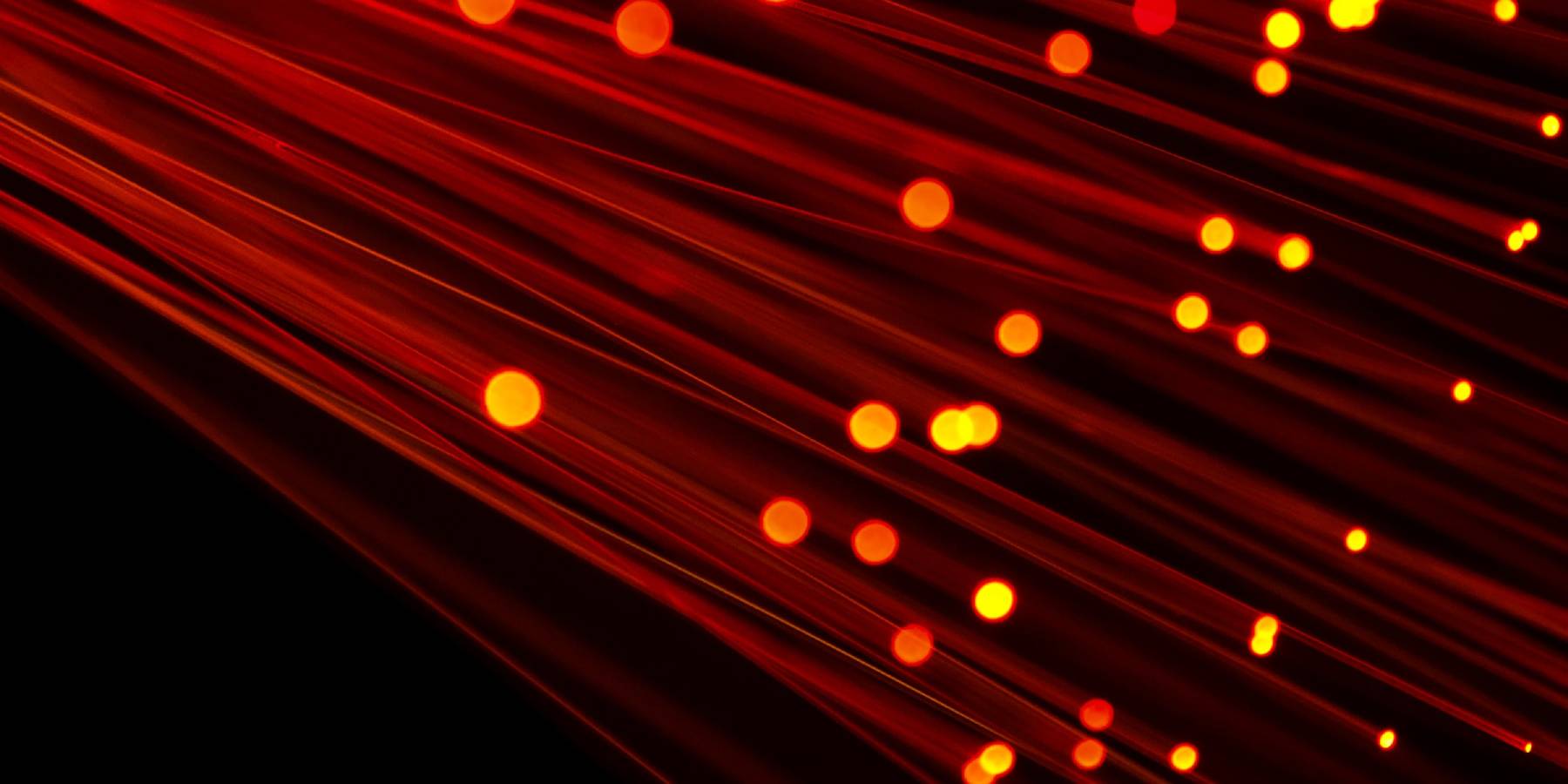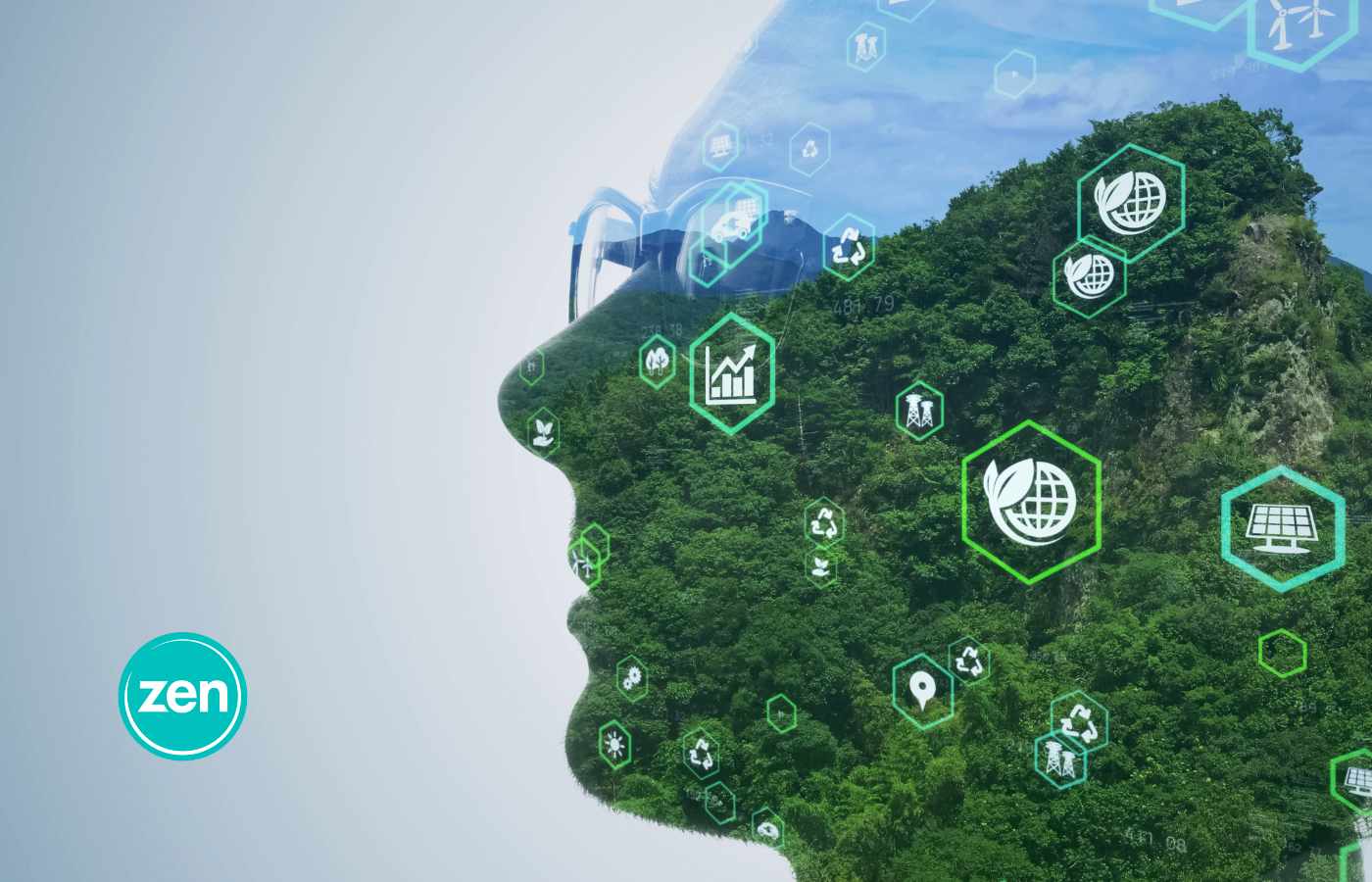If only broadband was simple. Buy a product, plug it in, away you go…
Well, actually, it is pretty straightforward, but there are a range of different types of connection. The challenge comes in wading through all the jargon so you can better understand which is the right one for you.
To help you get to grips with the ever-expanding world of connection terminology, and what it actually means, here’s the first in our series of technology jargon busters. So, without further ado…
Isn’t broadband just… broadband?
Here’s the lowdown. When you hear talk of ‘broadband’ you can be confident that this relates to three distinct types of connection.
You may have heard – or be using – lots of different terms to explain essentially the same thing. So while you might think there’s a confusing amount of broadband types there really isn’t.
Here’s what you need to know about those three different types of broadband.
Broadband number 1 – Copper
This is your ‘traditional’ broadband connection. You might also have heard it referred to as ADSL (short for Asymmetric Digital Subscriber Line), or simply Fast broadband.
That ADSL thing just means the broadband signal travels over copper telephone wires all the way from the exchange to your home or office. (The exchange is the place where all those lines go to connect us to our internet providers, and onward to the wider internet).
‘Fast’ broadband is the widely adopted marketing term for this type of connection. You’d be forgiven for being slightly confused by this terminology, given that it’s the slowest type of broadband available (around 10Mbps average download speed), but certainly at one time - compared to older broadband connections that were much slower - it really was considered very fast.
A copper broadband connection would be best for simple web browsing, emails, social media use or small downloads. For families, offices with multiple users or if you’re wanting to do video calls or stream movies, it’s probably less than ideal.
Broadband number 2 – Fibre
You might have heard it referred to as Superfast or FTTC (Fibre to the Cabinet), but it’s all the same thing and refers to a fibre optic connection from the exchange to the nearest street cabinet, and a traditional copper wire from there to your home or office.
It’s considerably faster than copper broadband (up to around 75Mbps download speeds) and is the broadband of choice for many families and small offices. For video calls, video streaming and frequent downloads it’s often ideal for a small number of users.
While we’re here, we’ll throw another term at you that relates to this type of broadband – SOGEA (short for Single Order Generic Ethernet Access). While that’s certainly a mouthful, it’s pretty straightforward really. You’ll see this new type of broadband being offered more and more over the next few years and it essentially consists of this: the same wires and connections as fibre broadband, but without the voice part. In other words, you can get the broadband without having to pay for the calls. That will be important over the next few years as traditional voice services make way for modern internet and cloud-based calls.
There’s a final type of fibre connection that straddles the line between FTTC and the next type of connection we’re going to discuss, and that’s G.fast. It basically provides a souped-up version of Fibre to the Cabinet broadband, allowing greater speeds that are defined as ‘Ultrafast’ (we’ll get to that in a moment), in some locations where the next type of broadband isn’t available.

Broadband number 3 – Full Fibre
This is the one you might have heard more about recently. Also known as Ultrafast or FTTP (Fibre to the Premises) and sometimes FTTH (Fibre to the Home), this type of broadband consists of a fibre optic cable that carries your broadband signal all the way from the exchange to your home or office.
It’s capable of operating at much higher speeds than the other forms of broadband (up to around 900Mbps in fact), and you can usually take it without a phone service too.
It’s great for large families that do lots of streaming and downloading, for all-day video calling, for busy offices or if you’ve just got lots of connected devices. And, for businesses, it might just be preferable to the next type of connectivity we’ll be looking at.
Isn’t that a cable?
If the first thing you think of when you hear ‘Ethernet’ is the type of lead that connects your PC to the router, that’s only a small part of the Ethernet story. In fact, for lots of businesses it can mean a whole lot more.
They’re called Ethernet cables by the way because that’s the standard used to send data along the wires (the cable itself would be more accurately called a Cat5, Cat6 or Cat7 cable, but that’s not important here).
That standard is also used to provide businesses with dedicated connections either between offices or straight to the internet. And for lots of businesses, that dedicated internet connection is important.
Here’s why…
Compared to a ‘normal’ broadband connection, Ethernet (also commonly known as an Ethernet leased line or just a leased line) offers a few advantages.
First of all, it’s uncontended. What does that mean? Well, basically, instead of having to compete with lots of other users who might also be connecting to the exchange over the same wires, with Ethernet you have your own dedicated connection.
At Zen, we have lots of capacity to cope with lots of demand from lots of users, but it’s not possible to provide the same absolute performance guarantees with broadband as it is with a dedicated Ethernet connection.
You’ll find in fact that Ethernet comes with certain minimum level performance and availability guarantees from the provider (including Zen). If you need those cast iron guarantees for your business, that makes Ethernet an attractive choice.
Ethernet is also symmetrical, which means you’ll get the same speeds for downloads and uploads. Most broadband connections by contrast are asymmetrical (remember that ADSL jargon from earlier?), which means upload speeds are generally much slower than download speeds.
For most users, that’s not a problem as most people’s internet use is weighted heavily toward downloading data, but again, if you’re dealing with regular file uploads or you’re working in the cloud, you might find a symmetrical connection appealing.
Some broadband connections, by the way (like Zen Full Fibre 900 Plus which operates on the CityFibre network) are symmetrical.
Added together, the performance guarantees that come with Ethernet are very appealing for some businesses, but others might find that they’d do just fine with a broadband connection instead.
Especially a full fibre connection.
That’s because full fibre provides comparable levels of reliability and (sometimes faster) speed to Ethernet at a fraction of the cost.
In summary
As you can see, despite the seemingly ever-growing number of terms for describing internet connections, we’re only really dealing with four different types.
For light use, a copper (also known as ADSL or Fast broadband) connection will do.
For video chat, movie streaming and smaller offices a fibre (FTTC, Superfast) connection would perform better.
For heavy users, larger families and growing businesses a full fibre (FTTP, FTTH, Ultrafast) connection would be recommended.
But despite the fact that you may be able to find a better performing full fibre connection for less, if you’re looking for absolute guarantees for your business, don’t rule out the possibility of Ethernet.
If you’re a home user looking to upgrade your broadband connection, check out our available packages here.
If you’re looking for business connectivity, you can find that here.

Zen Internet - Home SalesSales
01706 902573
Zen Internet - Customer EnquiriesCustomer Enquiries
01706 902001


